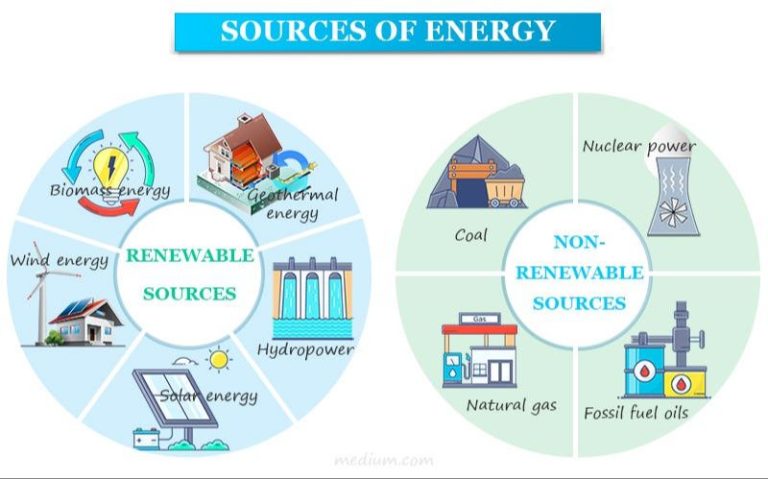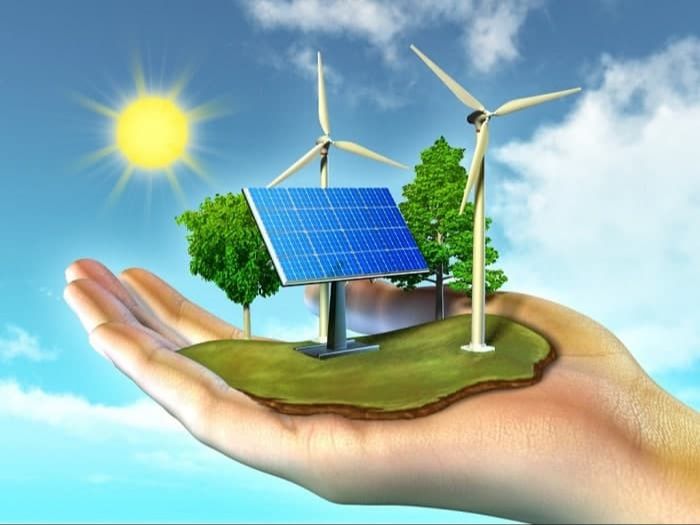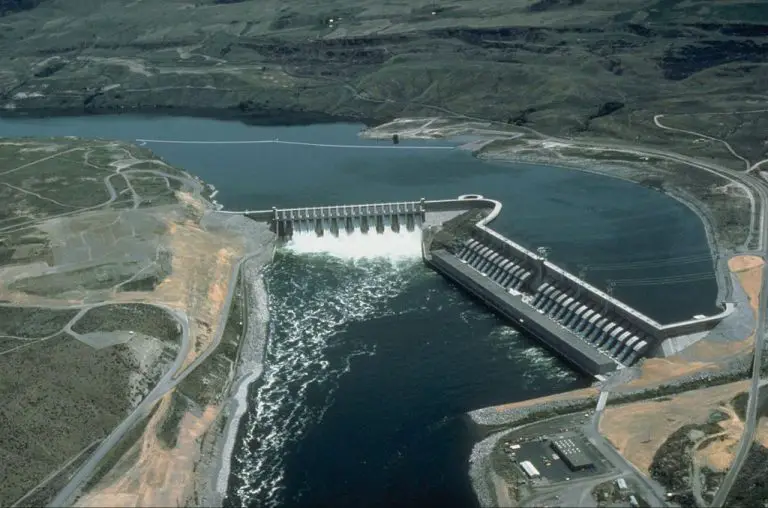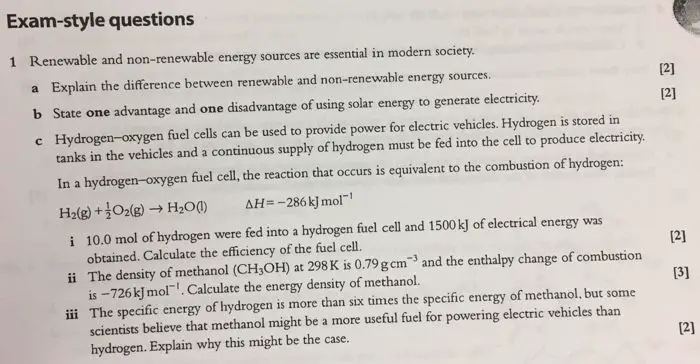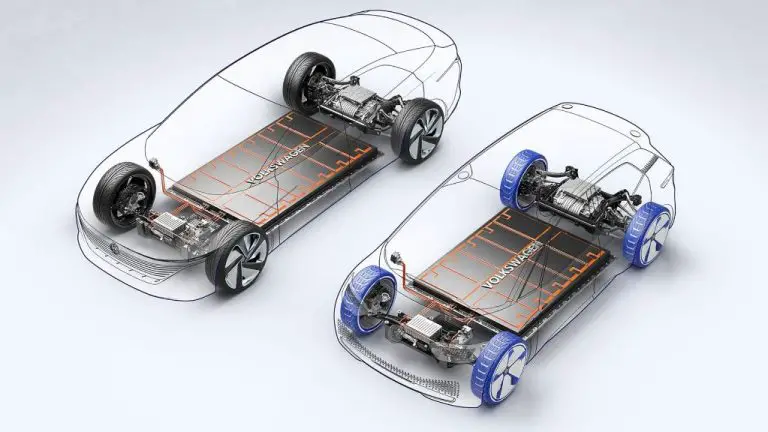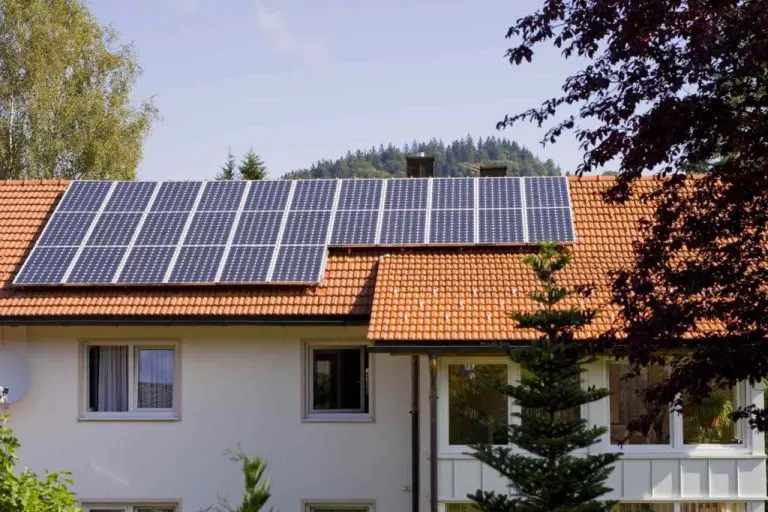Which Energy Sources Are Finite?
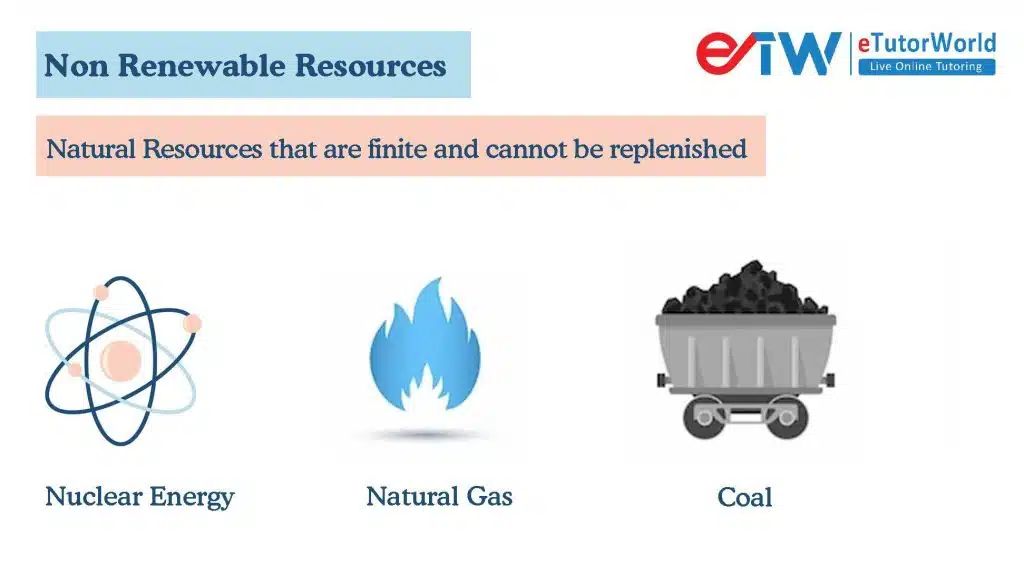
Energy sources can be categorized into two main types – renewable and non-renewable (also called finite). Renewable energy comes from natural sources that are constantly replenished, such as sunlight, wind, water, plants, and geothermal heat. These energy sources are considered renewable because they are naturally replenished at a rate that is equal to or faster than their rate of consumption. As a result, renewable energy sources are inexhaustible and can be harnessed indefinitely.
Non-renewable or finite energy, on the other hand, comes from sources that cannot be readily replenished in a short period of time. These sources include fossil fuels like coal, oil and natural gas, which take millions of years to form naturally. Nuclear power using uranium or plutonium is also considered non-renewable because these fuel sources are finite and diminishing. The key difference between renewable and non-renewable sources is that non-renewable sources will eventually be depleted if their consumption continues unabated.
Fossil Fuels
Fossil fuels are formed through anaerobic decomposition of buried dead organisms over hundreds of millions of years. The key fossil fuels are oil, coal, and natural gas.
Oil, also known as crude oil or petroleum, comes in liquid form and is found in deep underground reservoirs beneath impermeable cap rock. Oil is a complex mixture of hydrocarbons formed from organic materials such as algae and zooplankton that settled down through the sea floor millions of years ago. It is extracted by drilling oil wells and is refined into various products like gasoline, diesel, heating oils, propane, and more (Our World in Data).
Coal is a combustible, sedimentary, organic rock which is composed mainly of carbon, hydrogen and oxygen. It is formed over millions of years from compressed plant matter. Coal is mined from coal beds found near the earth’s surface and is primarily used for electricity generation and steel manufacturing (Department of Energy).
Natural gas is found in deep underground natural rock formations or associated with other hydrocarbon reservoirs. It is composed primarily of methane but may include other hydrocarbons as well. Natural gas is clean burning and efficient, making it useful for electricity generation, heating, and cooking (National Academies).
Nuclear Energy
Nuclear energy relies on uranium as its main fuel source. Uranium is a non-renewable resource, meaning its supplies are limited on Earth. The two main isotopes of uranium used in nuclear reactors are uranium-235 and uranium-238.
According to the World Nuclear Association, identified uranium resources total 5.9 million metric tons, which is enough to last over 100 years at current demand. Additional uranium deposits likely exist but have not yet been discovered. Only a small fraction of the Earth’s crust has been explored for uranium so far (World Nuclear Association).
Uranium can also potentially be extracted from seawater, which contains large reserves. Some estimates indicate 4.5 billion metric tons could be extracted this way, equal to a 60,000 year supply at current rates (Scientific American). However, extraction from seawater is currently more costly than conventional uranium mining.
In addition to mined uranium, some uranium supply comes from reprocessing spent nuclear fuel. But even excluding potential seawater extraction and spent fuel reprocessing, identified terrestrial uranium deposits are sufficient for over 100 years of nuclear energy at today’s usage (Nuclear Innovation Alliance).
Hydropower
Hydropower relies on the natural water cycle and gravity to produce electricity. Typically, hydropower uses dams to control water flow and create reservoirs, allowing the water’s potential energy to be converted into electricity via turbines and generators (ref). Although considered renewable since it is replenished by rainfall, hydropower does have some environmental concerns. Building dams and reservoirs can disrupt ecosystems and wildlife habitats, as well as impact water quality (ref).
Dams are built to control water flow and create reservoirs for electricity production. The weight and flow of the water turns turbines, which then spin generators to produce electricity. Larger dams and reservoirs allow more electricity to be produced. However, dam construction requires flooding large areas of land, which can negatively impact plant and animal habitats.
Reservoirs are used to store water for electricity production. Although it seems simple, there are complex environmental impacts. Slow moving reservoir water allows sediment to settle out, degrading water quality. Reservoirs also produce methane, a potent greenhouse gas. And migratory fish can be hindered by dams blocking their spawning routes.
While considered renewable, hydropower does alter local environments. Careful planning and mitigation is required to minimize habitat destruction and sustain healthy ecosystems.
Biofuels
Biofuels are transportation fuels like ethanol and biodiesel that are made from biomass materials. Common crops used for biofuel production include corn, sugarcane, soybeans, and oilseeds like rapeseed and palm oil 1. These crops can be converted into liquid fuels through processes like fermentation and transesterification. Because biofuels come from plants that can be rapidly grown, they are considered renewable fuels as opposed to finite fossil fuels. However, biofuel production has raised some environmental concerns. Growing crops like corn and sugarcane for fuel takes up finite farmland that could otherwise be used for food production or carbon sequestration 2. The large-scale agriculture required for biofuels can also lead to increased fertilizer and pesticide use with impacts on water quality and greenhouse gas emissions. While biofuels burn cleaner than fossil fuels, their overall carbon footprint depends heavily on the crop feedstock and production methods used.
Solar Power
Solar power harnesses energy from the sun to generate electricity using photovoltaic (PV) cells. PV cells are made from materials like silicon that convert sunlight directly into electrical energy via the photovoltaic effect. Arrays of PV panels can be installed on rooftops or ground mounts to generate power. Concentrated solar power (CSP) systems use mirrors to concentrate sunlight and produce high temperatures to drive traditional steam turbines and engines to produce power (How does solar power work?, 2022).
PV solar panels require materials like silicon and other rare earth metals for manufacturing. Extracting these materials has environmental impacts. However, once installed, PV panels generate clean renewable energy from sunlight without emissions. As long as the sun shines, PV solar can provide infinite renewable energy. With solar irradiation being the main limiting factor, solar energy potential is still enormous. The amount of solar energy shining on Earth in one hour is more than the total global energy consumption in a year (Is solar energy really green and sustainable?, 2022).
Wind Power
Wind power harnesses the kinetic energy of wind through wind turbines to generate electricity. Wind turbines consist of blades that spin around a rotor when the wind blows. The rotor is connected to a generator that converts the mechanical power into electrical power. Wind is a renewable energy source, so wind power is considered a clean and sustainable way to generate electricity.1
There is a common misconception that wind power is unlimited. While wind itself will not run out, the locations suitable for wind farms are finite. Additionally, as more wind turbines are installed, they begin to disrupt the flow of wind and reduce the overall energy that can be harnessed in a given area.2 While wind power utilization continues to increase globally, it accounted for only around 6% of total U.S. electricity generation in 2019.3
Overall, wind power provides a clean and renewable source of energy, but factors like suitable locations,disruptions to wind flow, and grid integration pose challenges to greatly expanding wind energy production. More research into turbine efficiency and placement will help determine the realistic scale of wind power.
Geothermal Energy
Geothermal energy taps into the natural heat from the Earth’s core to generate electricity and provide heating and cooling. It utilizes underground reservoirs of hot water that are brought to the surface to produce steam, which then drives turbines to generate electricity.
While geothermal energy is considered renewable, the reservoirs are finite in size. However, they are so vast in scale that they can provide energy for thousands of years. For example, estimates show the identified geothermal resources in the U.S. could provide 3,000 times the country’s annual energy use (https://theconversation.com/climate-explained-why-does-geothermal-electricity-count-as-renewable-143433).
The key benefit of geothermal energy is its continuous availability, as it does not rely on intermittent sources like the sun or wind. It also produces minimal emissions and has a small land footprint compared to other energy sources. However, geothermal power is location-specific, as it can only be harnessed in areas with adequate underground heat and water access.
Hydrogen
Hydrogen is considered a renewable energy source when it is produced from renewable sources like solar or wind power. It can be produced through a process called electrolysis, which uses electricity to split water into hydrogen and oxygen. The electricity used in electrolysis can come from renewable sources like solar and wind. This method produces what is known as “green hydrogen” (1).
Hydrogen can also be used to produce electricity through fuel cells. Fuel cells combine hydrogen and oxygen chemically to generate electricity. The only byproducts are heat and water, making fuel cells a clean energy source (2).
However, most hydrogen today is produced from natural gas in a process called steam methane reforming. This hydrogen is sometimes called “grey hydrogen.” Producing hydrogen from fossil fuels like natural gas results in carbon emissions. So while hydrogen itself may be a clean fuel, the way it is currently produced in many cases is not (3).
Sources:
(1) The Guardian
(2) Department of Energy
(3) National Grid
Conclusion
In summary, the finite energy sources that will eventually be depleted include fossil fuels like coal, oil, and natural gas, as well as nuclear energy. These nonrenewable sources currently make up a large percentage of the energy used globally. As these finite resources dwindle, there will be more urgency to transition to renewable energy sources like solar, wind, hydropower, geothermal, and biomass that can be replenished. Though the initial infrastructure for renewable energy requires investment, in the long run these infinite sources will provide sustainable energy without depletion. With climate change concerns and finite resources declining, it is crucial that individuals, businesses, and governments continue to develop and utilize clean, renewable energy alternatives.

